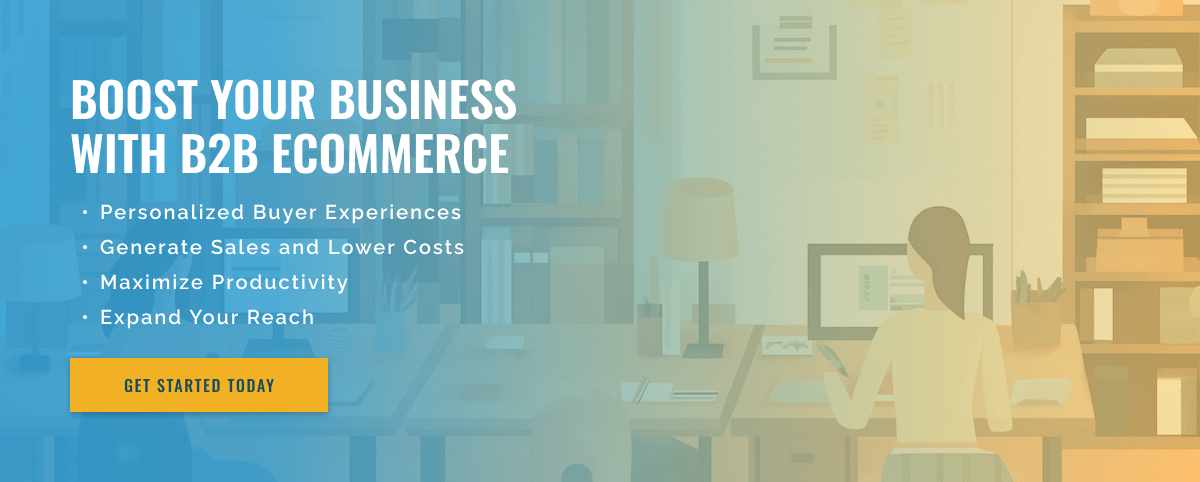3 minute read
Get Started on Your B2B Ecommerce Project
B2B eCommerce has become an increasingly popular way of doing business in today’s digital world. Given the convenience of online shopping and the potential for a larger customer base, it’s no surprise that many businesses are switching to this platform. However, starting a B2B eCommerce project can be a daunting task for those unfamiliar with the process.
In this blog post, we’ll discuss the steps you need to take to launch your B2B eCommerce project.
1. Define Your Business Goals and Objectives
Before you begin any project, it’s important to clearly understand your business goals and objectives. This will help you determine the direction and focus of your B2B eCommerce project. Ask yourself what you want to achieve with this project: increase sales, expand your customer base, or improve efficiency.
This will form the basis for all your future decisions.
2. Do Your Research and Choose the Right Platform
Once you have a clear goal in mind, it’s time to do your research and choose the right platform for your B2B eCommerce project. There are many options available, each with its own features and capabilities. Some popular platforms include Shopify, Magento, and BigCommerce. When making your choice, consider factors such as price, customization options, and integration with your existing systems.
3. Plan Your Budget and Schedule
Creating a budget and schedule for your project is crucial to its success. B2B eCommerce projects can be complex and require a certain amount of investment. Be realistic about the costs involved, including platform, design, development, and marketing costs. It’s also important to have a schedule so that your project stays on track and avoids delays.
4. Design Your Ecommerce Site
Designing your B2B eCommerce site is a crucial step in the project. Your website should be visually appealing and user-friendly for your target audience. It should effectively showcase your products and services and make it easier for customers to buy. Also, make sure that your site is mobile-friendly, as many B2B buyers now prefer to shop via their smartphones or tablets.
5. Test and Launch Your Website
Once your eCommerce website is designed, it’s important to thoroughly test its functionality before launching it. This includes checking for errors, ensuring a smooth checkout process, and testing compatibility across devices and browsers. Once you’re happy with the test, you can launch your website and market it to your target audience.

